Is an eSIM more secure than a traditional SIM card? This question arises again after the introduction of the new generation iPhone 14 (Pro), which is even sold without a SIM slot in the United States. The Cupertino giant clearly shows us the direction it intends to take over time. The time of traditional cards is slowly coming to an end and it is more or less clear what the future holds. In fact, this is also a fairly practical change. eSIM is significantly more user-friendly. Everything takes place digitally, without the need to work with a physical card as such.
It could be interest you
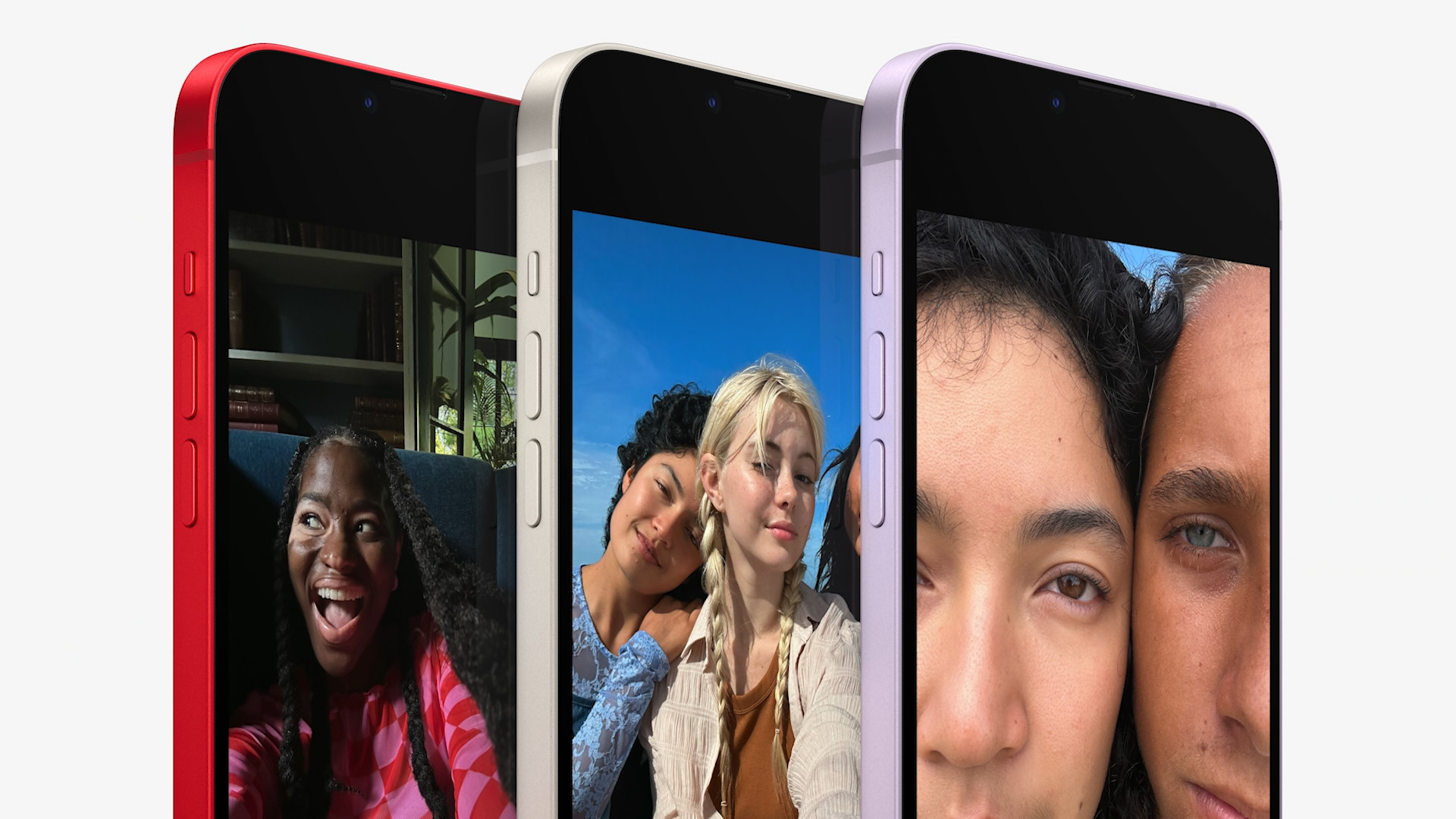
eSIM as a replacement for a physical SIM card has been with us since 2016. Samsung was the first to implement its support in its Gear S2 Classic 3G smart watch, followed by Apple Watch Series 3, iPad Pro 3 (2016) and then iPhone XS/XR (2018). After all, since this generation of Apple phones, iPhones are so-called dual SIM, where they offer one slot for a traditional SIM card and then support for one eSIM. The only exception is the Chinese market. According to the law, it is necessary to sell a phone with two classic slots there. But let's get back to the essentials, or is eSIM really more secure than a traditional SIM card?
How secure is eSIM?
At first glance, eSIM may seem like a significantly safer alternative. For example, when stealing a device that uses a traditional SIM card, the thief just needs to pull out the card, insert his own, and he's practically done. Of course, if we ignore the security of the phone as such (code lock, Find). But something like that is simply not possible with eSIM. As we mentioned above, in such a case there is no physical card in the phone, but instead the identity is loaded in software. Verification with a specific operator is then necessary for any change, which represents a relatively fundamental obstacle and a plus from the point of view of overall security.
According to the GSMA association, which represents the interests of mobile operators worldwide, eSIMs generally offer the same level of security as traditional cards. In addition, they can reduce attacks relying on the human factor. Unfortunately, there is nothing unusual in the world when attackers try to convince the operator directly to change the number to a new SIM card, even though the original one is still in the hands of its owner. In such a case, the hacker can transfer the target's number to themselves and then simply insert it into their device - all without needing to have physical control over the potential victim's phone/SIM card.

Experts from the renowned analytical company Counterpoint Research also commented on the overall security level of eSIM technology. According to them, devices using eSIM, on the other hand, offer better security, which comes together with greater convenience for consumers and lower energy consumption. It can all be summed up quite simply. Although according to the aforementioned GSMA association, security is at a comparable level, eSIM takes it one level further. If we add to that all the other benefits of switching to newer technology, then we have a fairly clear winner in the comparison.
Other benefits of eSIM
In the paragraph above, we mentioned that eSIM brings with it a number of other indisputable benefits, both for users and for mobile phone manufacturers. The overall manipulation of personal identity is much easier for each person. They do not have to deal with unnecessary exchanges of physical cards or wait for their delivery. Phone manufacturers can then benefit from the fact that the eSIM is not a physical card and therefore does not need its own slot. So far, Apple is only making full use of this benefit in the United States, where you will no longer find the slot in the iPhone 14 (Pro). Of course, removing the slot creates free space that can be used for practically anything. Although it is a small piece, it is necessary to realize that the guts of smartphones consist of slow to miniature components that can still play a big role. However, in order to take full advantage of this benefit, it is necessary for the whole world to switch to eSIM.
It could be interest you
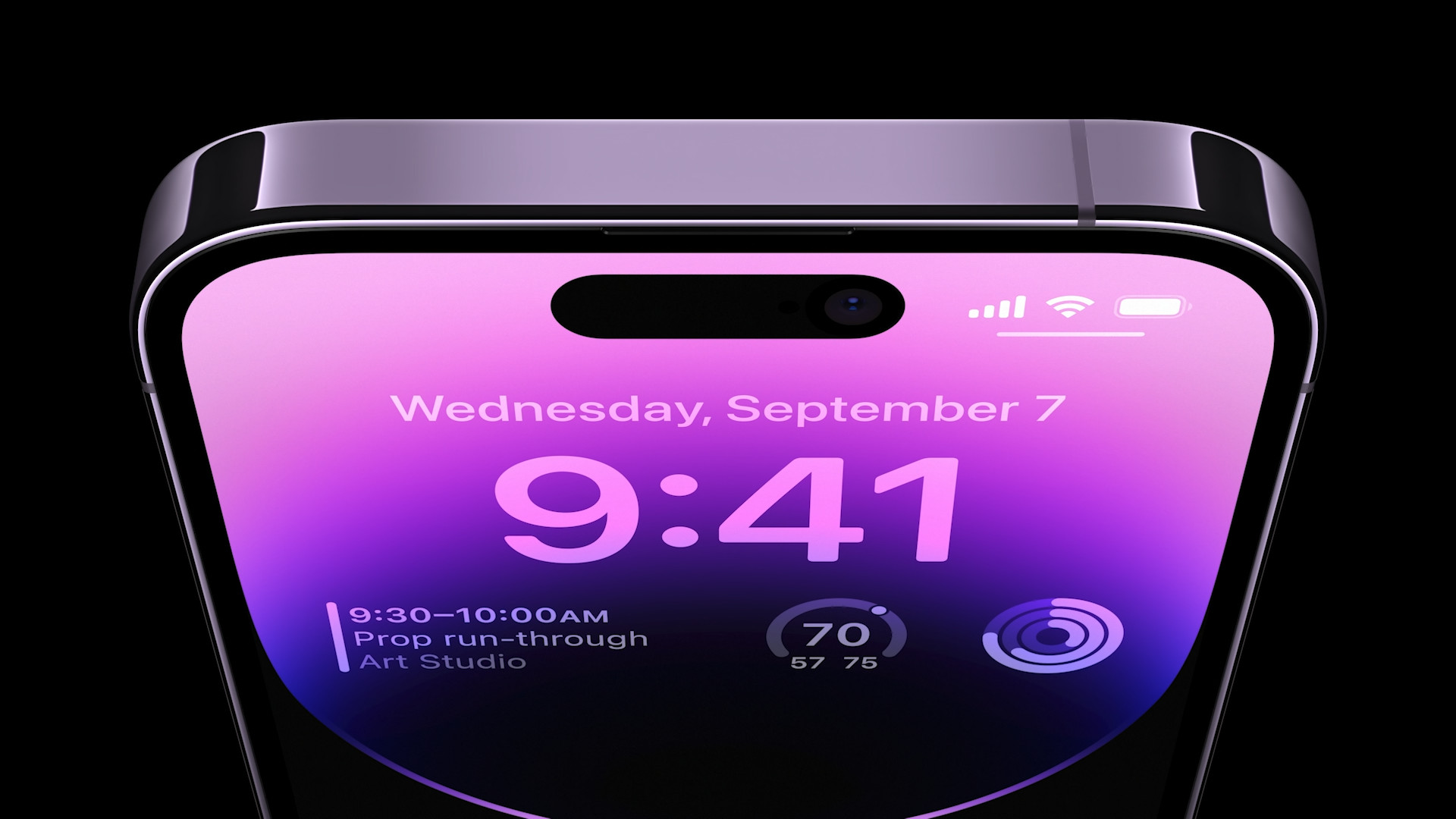
Unfortunately, those who do not need to profit so much from the transition to eSIM are, paradoxically, mobile operators. For them, the new standard represents a potential risk. As we mentioned above, handling an eSIM is much easier for users. For example, if he wants to change operators, he can do it almost immediately, without the aforementioned waiting for a new SIM card. Although in one respect this is a clear advantage, in the eyes of the operator it may be a risk that the consumer will simply go elsewhere due to the overall simplicity.
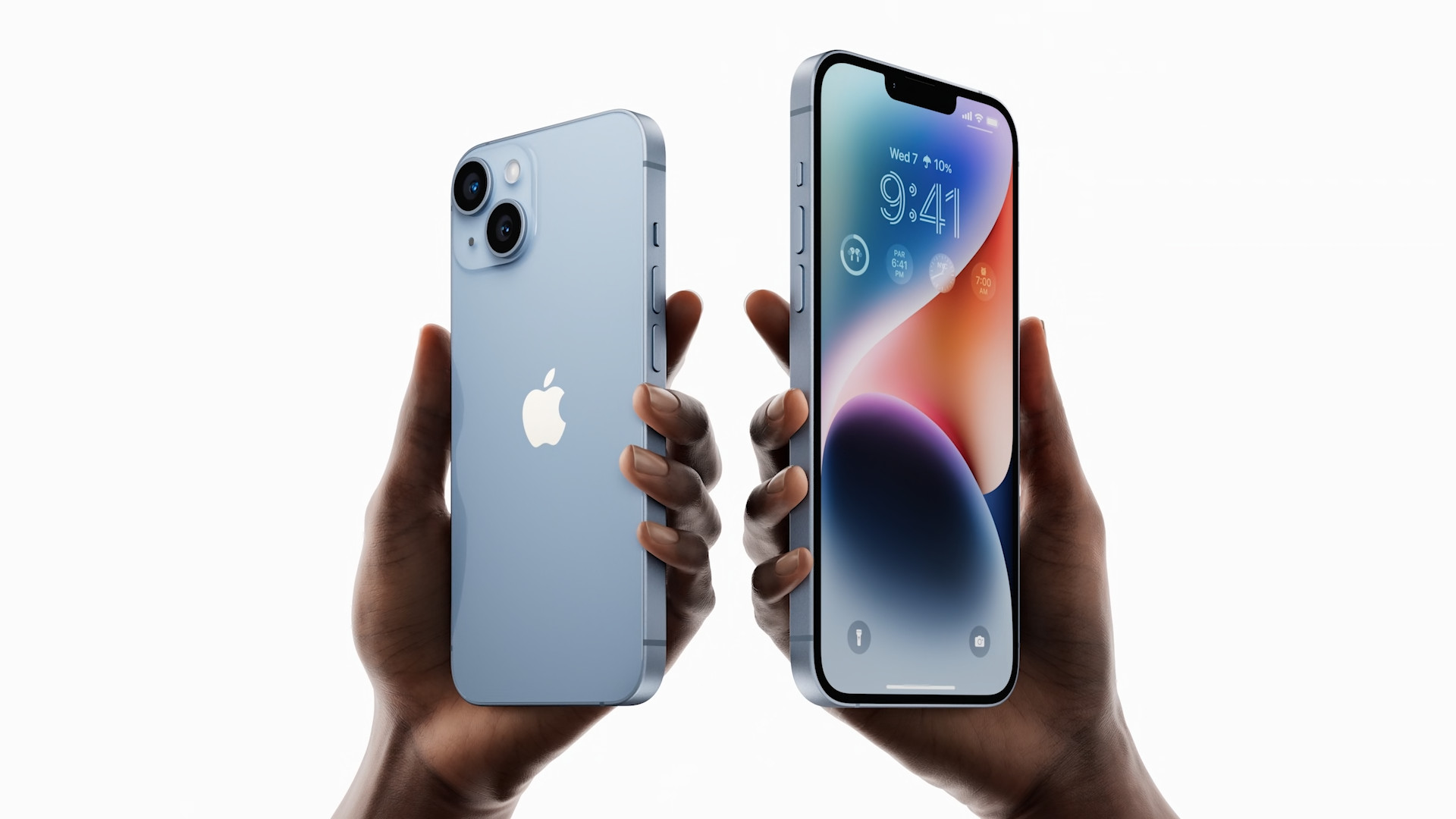
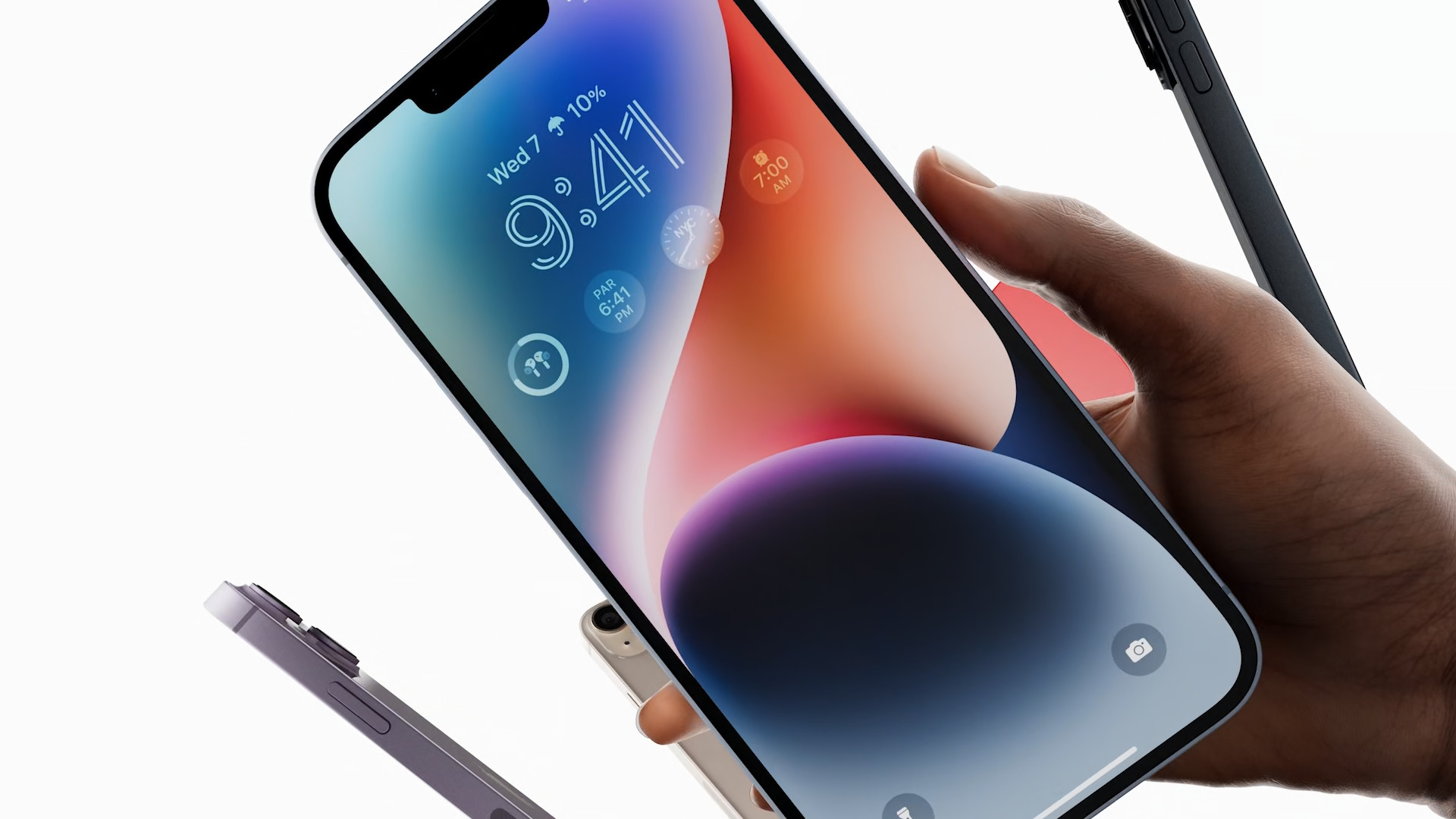
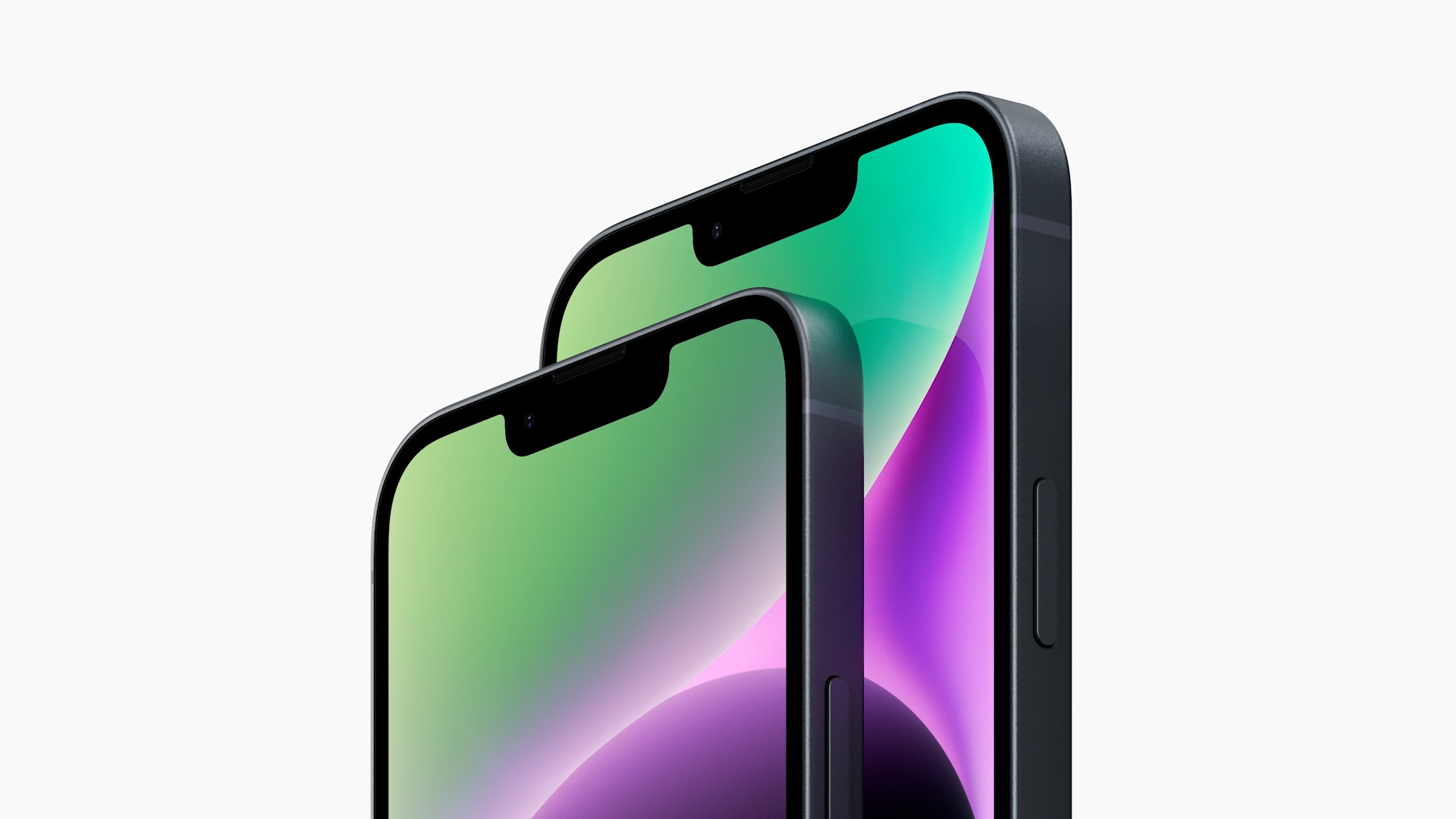




I have to wait for delivery of the eSIM from at least one operator.
Is it possible to use an iPhone in America as a dual when the physical esim is no longer there?
Now I had to personally go to O2 to activate AW esim. Exchange a physical sim for an ESIM in a mobile phone - 99 CZK and only after that the AW on the esim started to falter. However, I wanted to send it by email and unfortunately I was referred to the store, or I would have to wait for the courier to bring it to me :-D So it's not a very easy exchange. 21st century.
If you have the worst operator, please don't be surprised by the complexity. It's easier with the competition. I did everything through their site. I don't want a physical SIM anymore
And is there really such a big difference between physical and eSIM?
I'm not with O2, but I'm not sure if he's the worst.
With Tmobile, I uploaded the qrcode to my phone and that's it. All over the internet.
I didn't deal with esim in aw, I only dealt with esim for iphone with vodafone, everything was done in a moment from the comfort of the couch in the apprehension room
Vodafone still does not offer esim to AW. With o2, it works with a couple of clicks on the iP. And it does NOT require having o2 esim. I have a physical SIM and esim to AW is a matter of about 3 clicks and logging into MojeO2